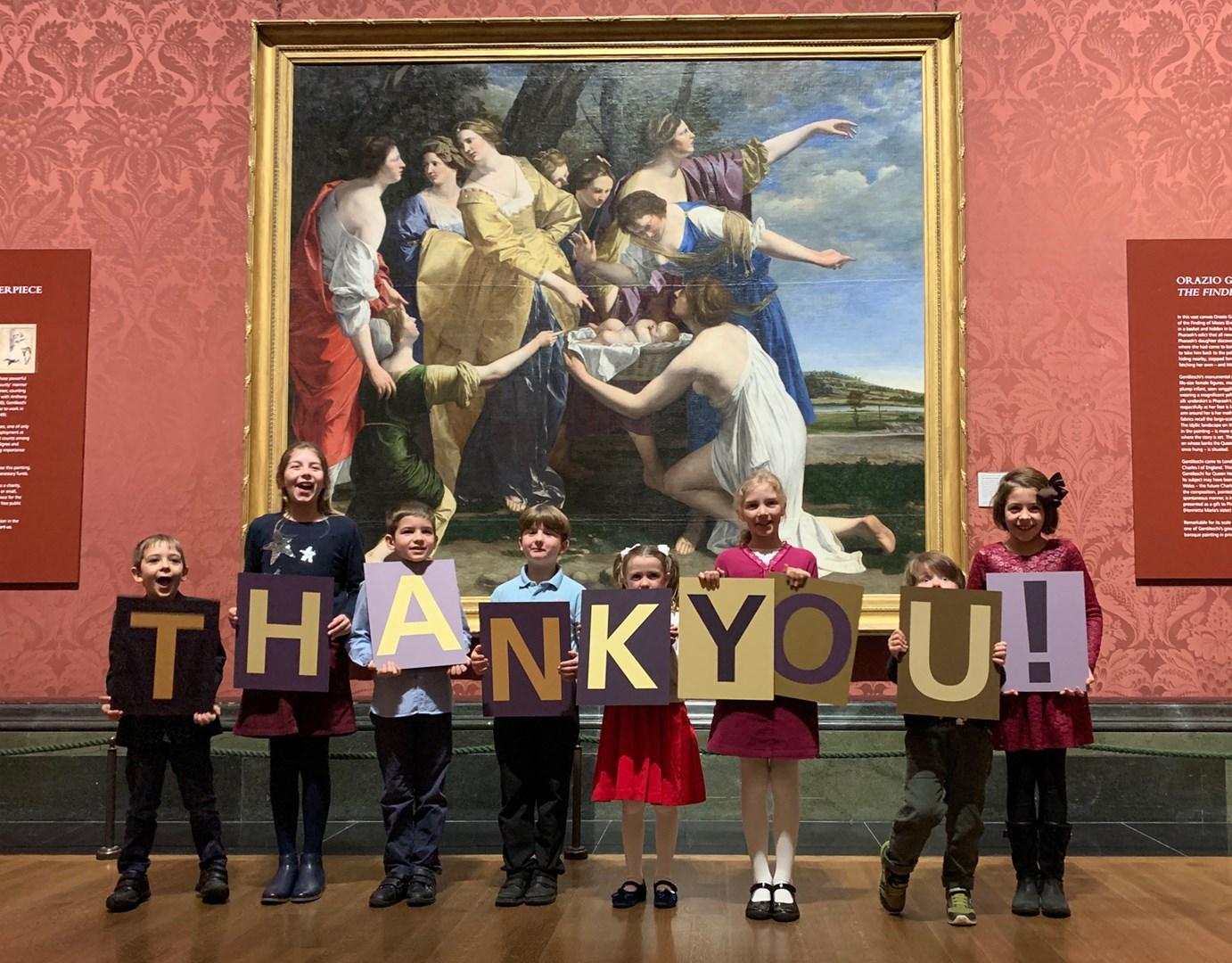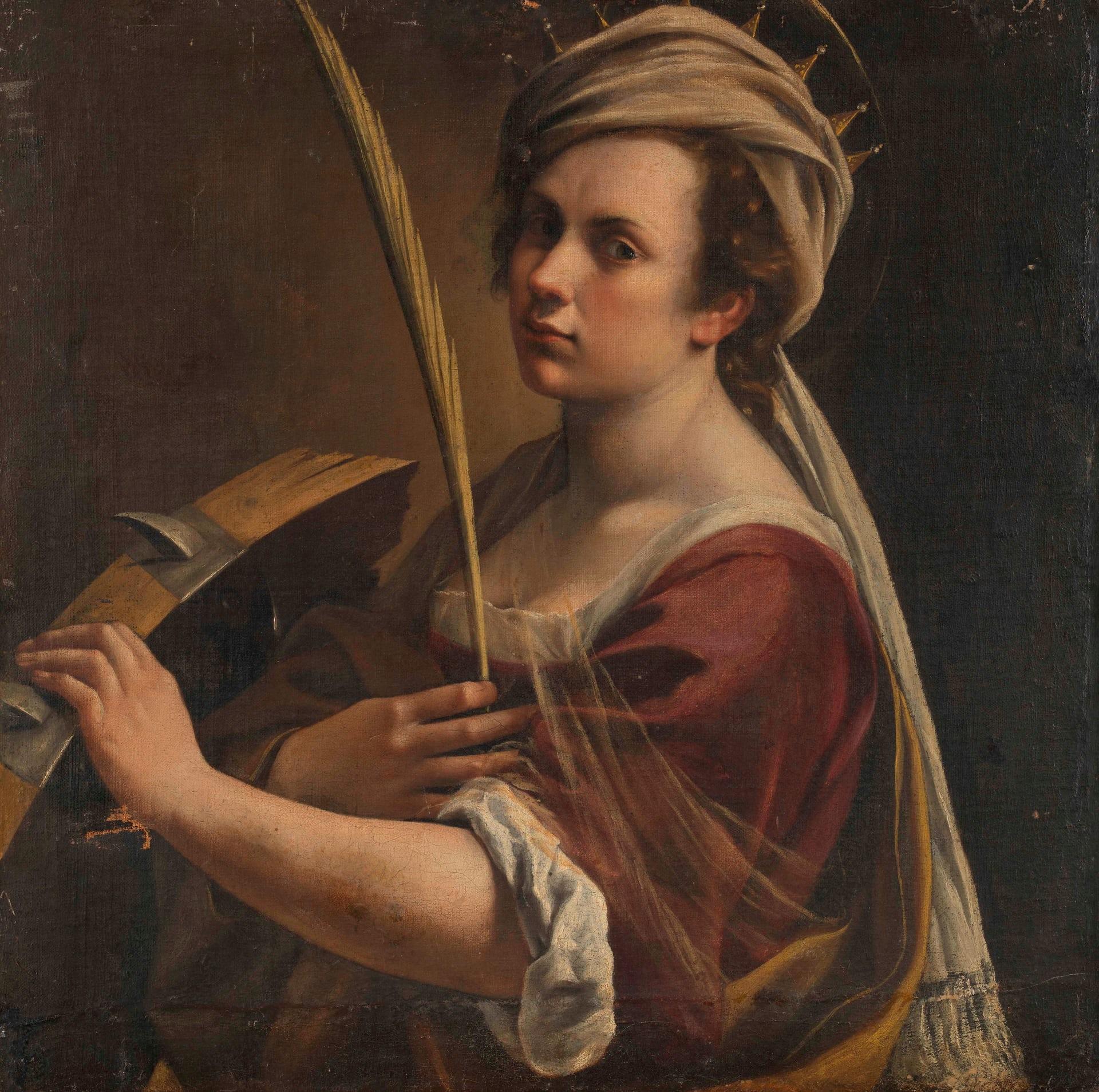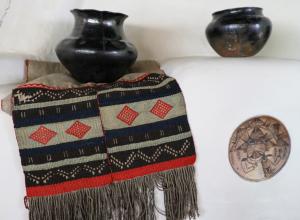The Finding of Moses is one of only two Orazio Gentileschi paintings on public view in the UK. This particular painting is significant to British history as it was commissioned by England’s Queen Henrietta Maria in the early 1630s, perhaps to mark the birth of her son, Prince Charles, the future King Charles II. Gentileschi was a member of King Charles I’s court, living and working in London for over a decade, until his death in 1639.

Orazio Gentileschi, The Finding of Moses, early 1630s.
The large Baroque painting of the baby Moses being found amongst the reeds has hung in the National Gallery, London for nearly twenty years. Unmissable at nearly ten feet wide with figures clad in vibrantly hued robes, with dramatic lighting and subject matter, the painting has been an attraction that many assumed was part of the museum’s collection.
Orazio Gentileschi’s The Finding of Moses, from the early 1630s, was in fact on a long-term loan from a private owner. The museum has been aiming to purchase the painting since 1995, and this year, for the museum and its vistors, Christmas came a little early.
Bringing together the funding for the £22 million ($28,680,000) agreed-upon price proved a challenge for the National Gallery, as it would be for any institution. Combining multiple gifts from foundations and trusts, the National Gallery relied on a remaining £2 million in gifts from the general public to secure the painting.
The National Gallery is extending a heartfelt ‘thank you’ to their patrons, who helped them keep this national treasure, ensuring it will stay in its current home for future generations to enjoy.


Artemisia Gentileschi, Self-Portrait as Saint Catherine of Alexandria, 1615–1617.
The grandeur and elegance of the painting are typical of Gentileschi’s refined Baroque style, and The Finding of Moses is one of his largest and most impressive works from this period. The bright colors, expressive figures, and dynamic composition draw us into this crucial moment, making a biblical moment a personal and emotional one.
In recent history, Orazio Gentileschi has been overshadowed by his now more famous daughter, Artemisia Gentileschi. The rediscovered female master has been rescued from the annals of history to much fanfare. The National Gallery recently acquired Artemesia Gentileschi’s Self Portrait as Saint Catherine of Alexandria, one of her greatest works. Now, at the National Gallery, London, the impressive output of this father and daughter can be appreciated side-by-side for years to come.
























